Ghoul Nation Part II: Creatures of Central Venezuela
The inhabitants of Central Venezuela can’t escape the fits of rage of tortured souls that still roam and haunt the land, to punish wrongdoers or search for justice, atonement or vengeance.


Art: ModoGrafico
Check out Ghoul Nation Part I: Haunted Rainforest. Because Nothing truly dies when you live in the jungle.
Our nation was founded with blood. I’m not talking about the crevices of the conquest and the colonization that still reverberate in our days, but about the century of violence, war and disease that came from the dawn of independence to the pacification of federal landowners at the hands of dictator Juan Vicente Gómez.
The consolidation of the Republic—with Caracas as its beating heart—raised a country stuck in an eternal dichotomy between the urban and the rural. Memory filters the past as it looks up to the glory of monuments, culture and the epic narratives of our heroes. Meanwhile, barbarity, sadism, ignorance and darkness are left out of the cities.
“Caracas es Caracas y lo demás es monte y culebra,” (Caracas is Caracas and the rest is weeds and snakes), becomes a principle where “weeds” symbolizes nothingness: the scorched wasteland where the enlightened, white and Catholic man has nothing to do, build or learn. The “snakes”, of course, is the warning of danger and mistrust of those terrible badlands filled with heathens and outlaws, reigned only by illiteracy, superstition, hunger and leprosy. The city is the safe place—illuminated with civism and modernity—while at its borders life and death are indistinctly precarious, and survival comes with bitter and savage conditions.
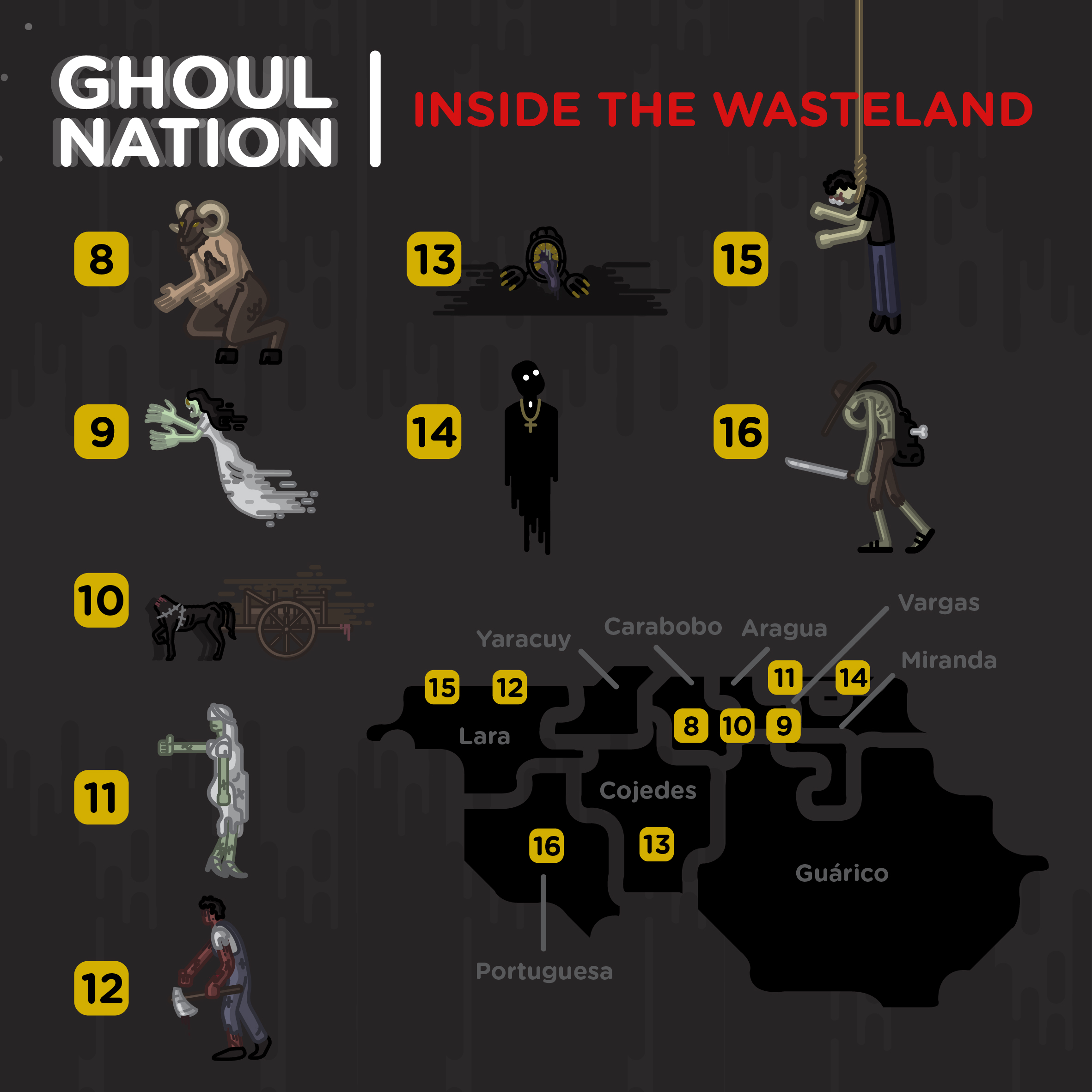 A bipolar wasteland made of cities and snakes.
A bipolar wasteland made of cities and snakes.
Today, the panorama of the Central Llanos is similar to that of the 20s. Amidst the rusted machinery, the meat and cocaine smugglers, the itinerant Evangelical churches and the chronicles of horrific crimes, children are still being told about ghosts that haunt the roads so they don’t leave their homes at night.
The ghouls of the central region come from the most profound medieval Catholic tradition; damned beings that roam our world, stuck in a limbo of unfinished affairs, serving their sentence without gentle repose, purging unforgivable crimes or a painful tragedy. Other ghouls come to punish wrongdoers: the vicious, promiscuous and abusive are chastened in the best tradition of Spanish grotesqueness.
Here are some of the ghosts that inhabit the city, the hills and the roads, to remind us of the fragility and insignificance of existence, of the disquieting proximity of death.
El Chivato (Carabobo)
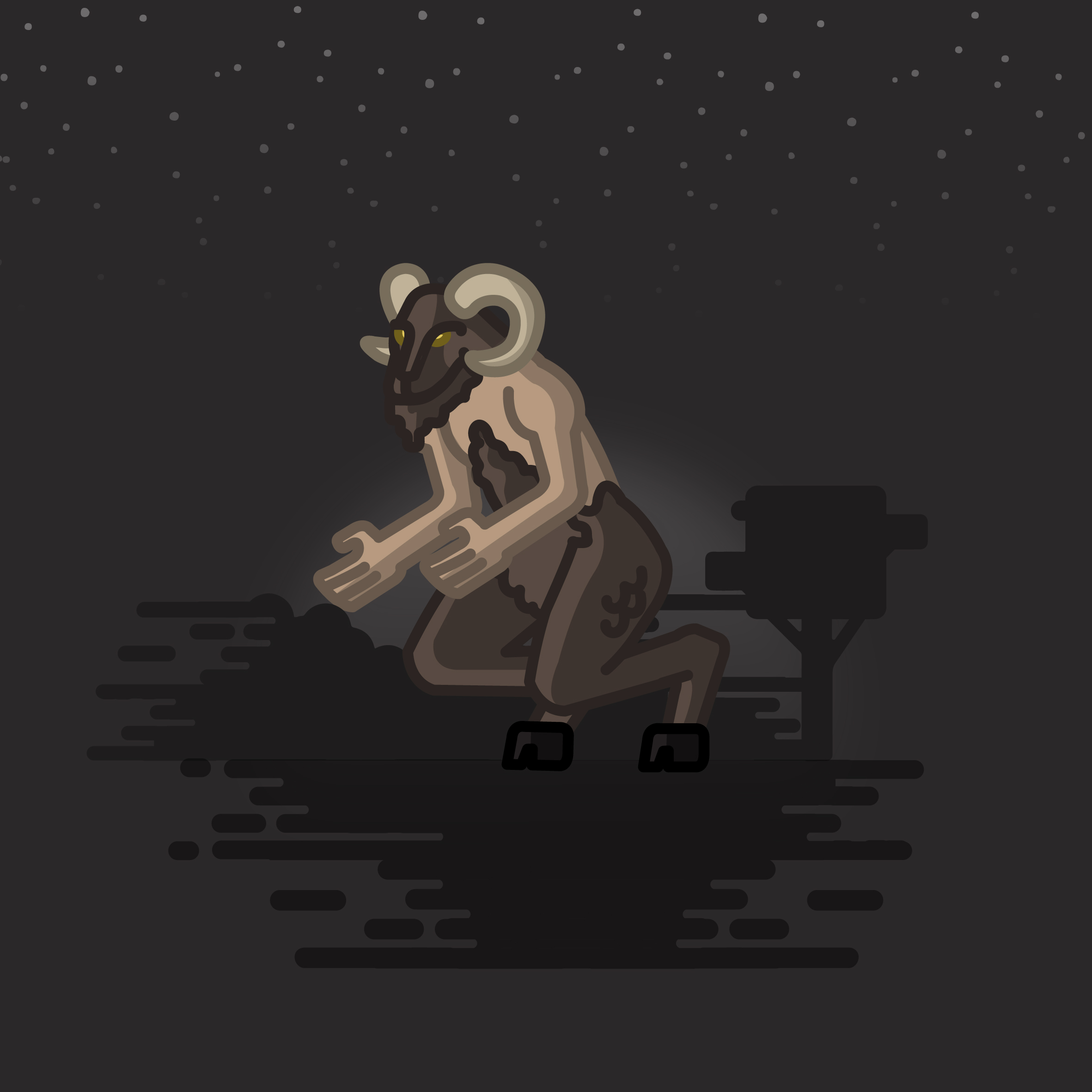 “El señor de la noche / mejor escapa o te va a matar / El señor de la noche / con tu corazón no deberías jugar” Don Omar
“El señor de la noche / mejor escapa o te va a matar / El señor de la noche / con tu corazón no deberías jugar” Don Omar
Half man, half animal who chases travellers, scares drunkards and harasses girls who walk at night. This myth is one of the oldest and most persistent in time. El Chivato roams the Venezuelan roads and has been spotted in places where someone’s made a pact with the Devil. Many claim to have seen the hybrid roam around between 2007-2009. He was spotted in Ciudad Traki (Lecherías), La Cucaracha Racing Bar (Mérida), the Concordia Avenue (Barquisimeto) and the Guataparo dyke (Valencia), leaving only traces of hooves, blood and smoke. CICPC (Venezuelan Scientific Police) even has a file named “El Señor de la Noche”, which honors El Chivato dancing to Don Omar in clubs before its killing sprees.
La Sayona (Caracas – Maracay)
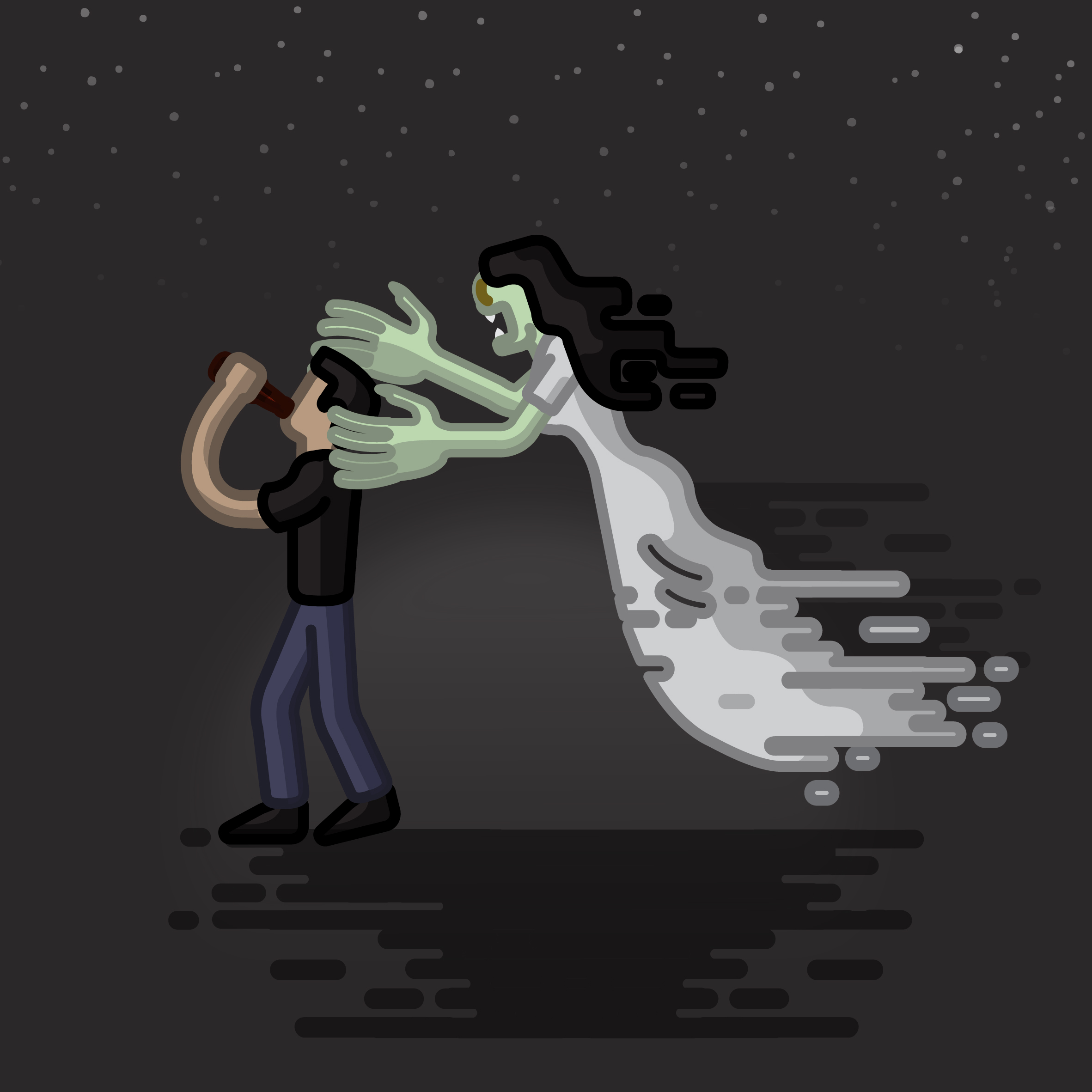 Every womanizer’s nightmare.
Every womanizer’s nightmare.
The terror of abusive men. It’s unknown whether there’s one or hundred ghouls like her, but the many variations of the myth from the late 19th century speak of different kinds of women, monstrous and reptilian, who approach travellers with a sweet and courteous voice. The old cloak that covers her face helps her pounce on travellers’ necks and skin them alive, to later leave them like dead dogs by the wayside. She harasses womanizers, abusers and drunkards. La Sayona has a code of justice that leaves women unscathed.
El Carretón (Valencia – Maracay)
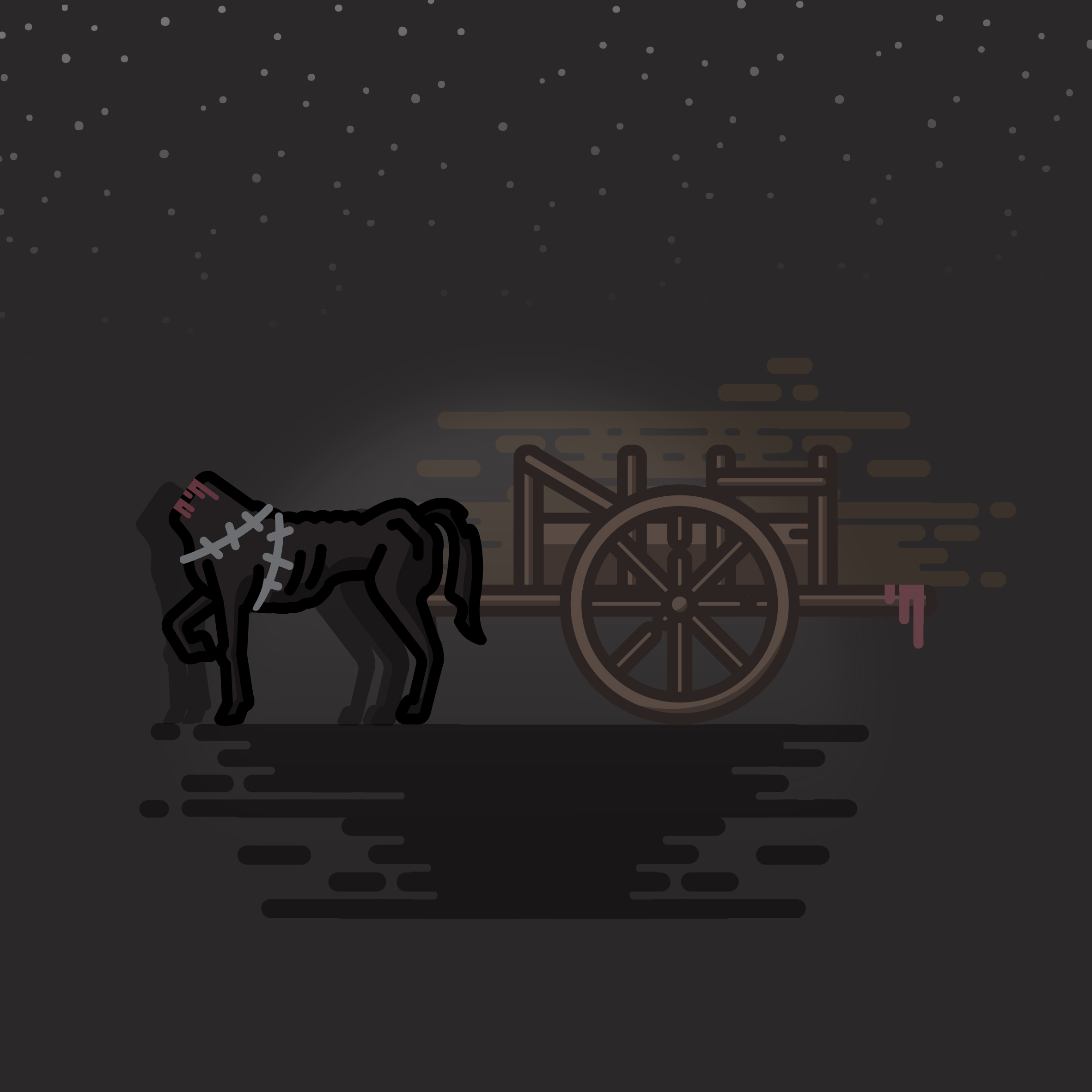 Not to be confused with “Dracula’s Car.”
Not to be confused with “Dracula’s Car.”
This legend has taken on new hues as the years go by. People talk of an enormous cart made of dark wood covered with a yellowish and sickly nimbus that fills the air with the nauseating smell of corpses. The elders say that this cart appears to collect the dead after massacres or violent murders. In the colonial era, it was used to carry rotten hanged men after swinging for days in the trees. Some say that no animal pulls such mysterious cart, while some say the opposite, that right in front of the cart are two headless horses with their hindquarters stitched in barbed wire.
The Seaside Bride (Caracas – La Guaira)
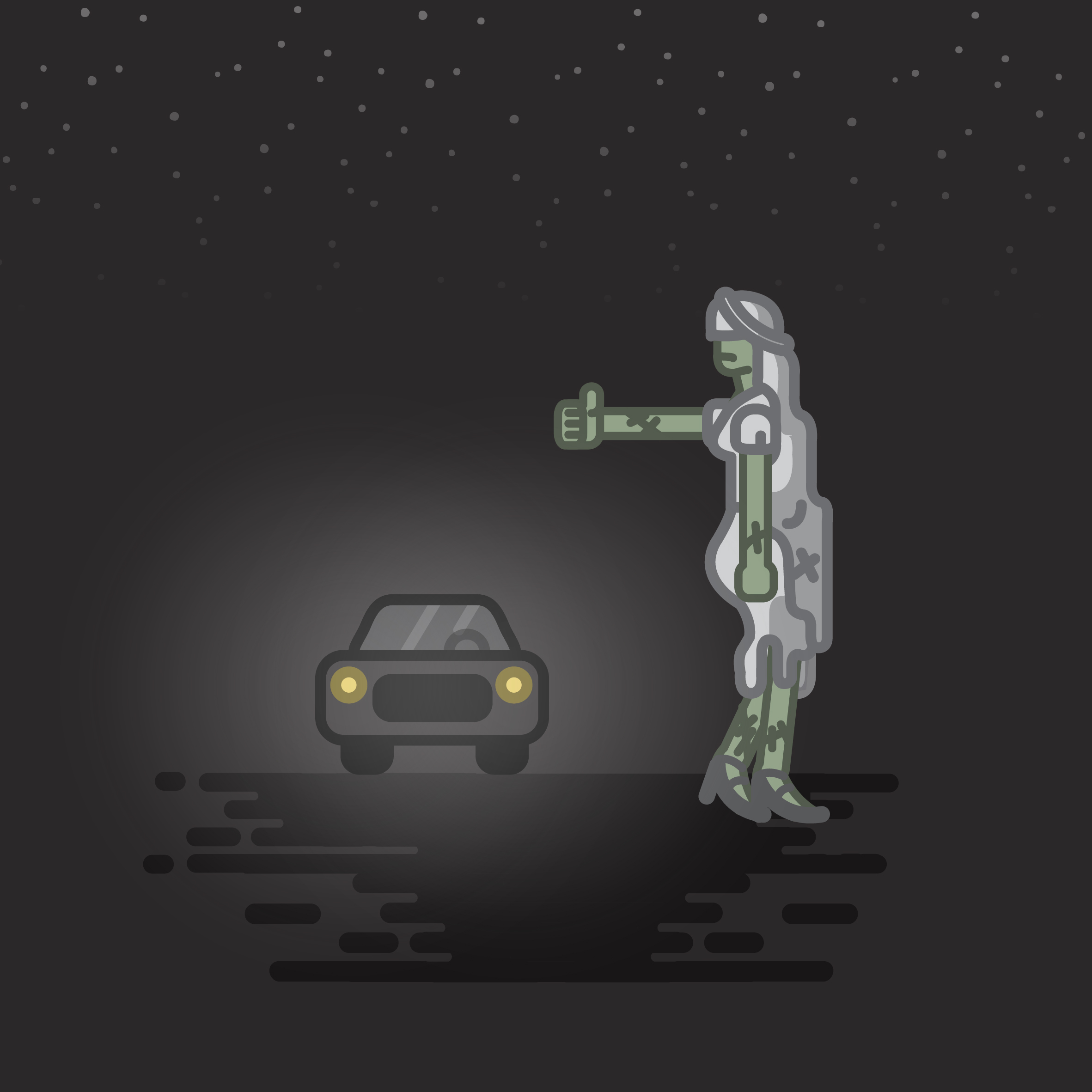 Bridezilla on the road.
Bridezilla on the road.
Warning: Never pick up a woman in the old Caracas – La Guaira road if you’re driving at night. If you feel a gaze behind your neck from the back seat and you’re travelling alone, don’t look in the rearview mirror because the horror you’ll find won’t let you evade the truck that’s coming at you at full speed. Some have seen her walking slowly in her bridal dress on the side of the road with a twisted torso, namely, facing backwards while her feet face forwards. She makes no sound, she doesn’t cry or speak. She just waits, with painful agony, for you to end up dead on the road, just like she did on her wedding day.
The Axeman (Lara)
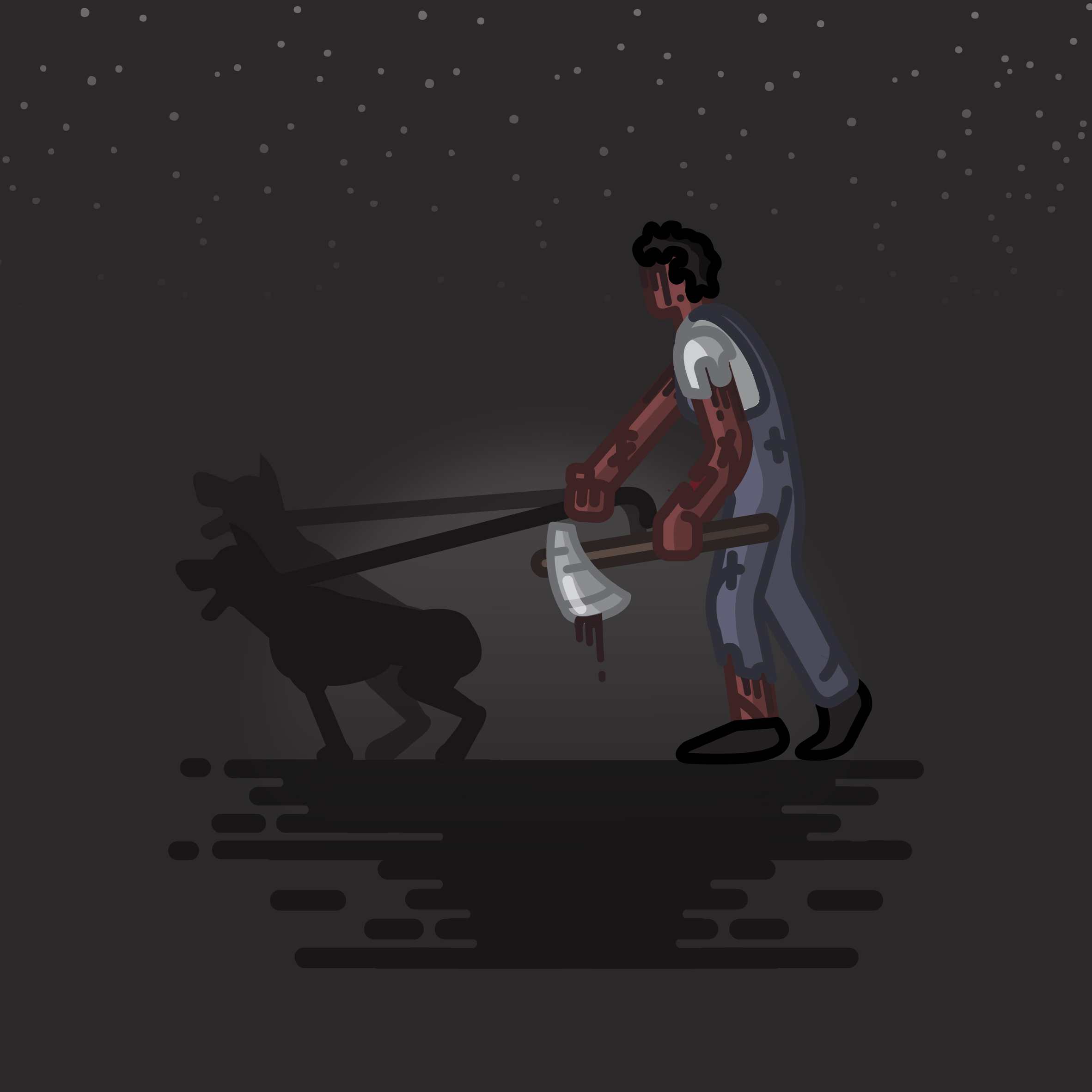 “Bow down to the Axeman, hooded figure of mortal fear, bow down to the Axeman, sun is rising, time is near” Omen
“Bow down to the Axeman, hooded figure of mortal fear, bow down to the Axeman, sun is rising, time is near” Omen
Local experts say that the echo of the sound of an axe chopping wood comes from afar, within the deepest silence of the countryside. If you hear this, no god will have mercy on your dismembered body, chopped up expertly by the Axeman to feed his wild dogs. He’s a massive, faceless man covered in moss, with his exposed tissues and muscles filled with vermin. The only known advice to survive his presence is to not turn your back on him, but only the Devil’s strength will keep you from running from such sight.
El Gritón (Cojedes)
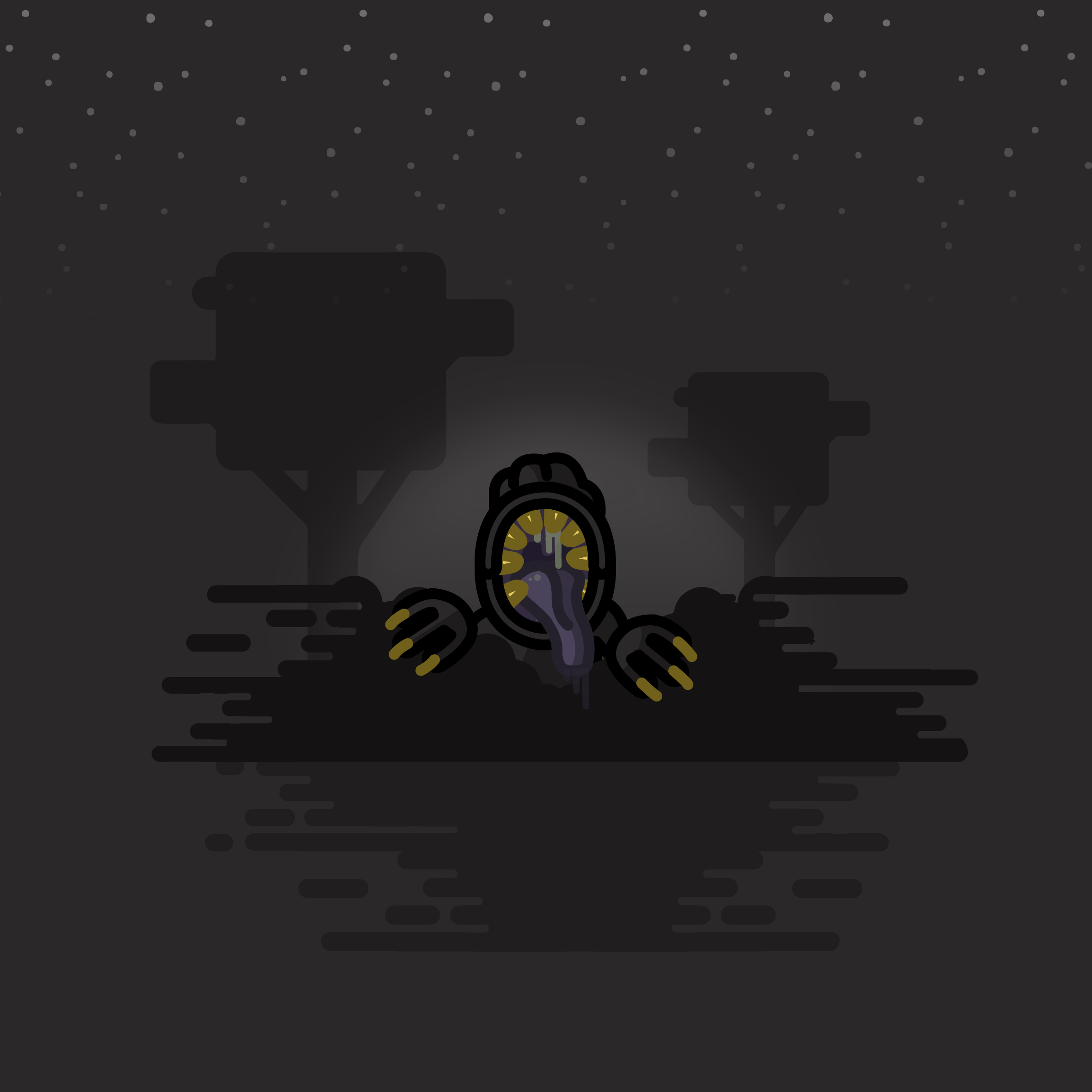 1,2 El Gritón is coming for you, 3, 4 better ignore the call.
1,2 El Gritón is coming for you, 3, 4 better ignore the call.
If you’re bathing in a lake with your friends on a lonely weekday and you hear someone shout your name with a familiar voice but nobody’s moved their lips, don’t answer. El Gritón is capable of imitating the voice of anyone present and, by stalking among the bushes, he learns their names. When they’re unaware, he calls, beckoning and taking them away. The only description we have of this spook is that his face has nothing but an enormous mouth with rotten teeth filled with an infested and virulent tongue. He dresses in a sack and hay, to merge and camouflage with the environment.
El Pozo del Cura (Vargas)
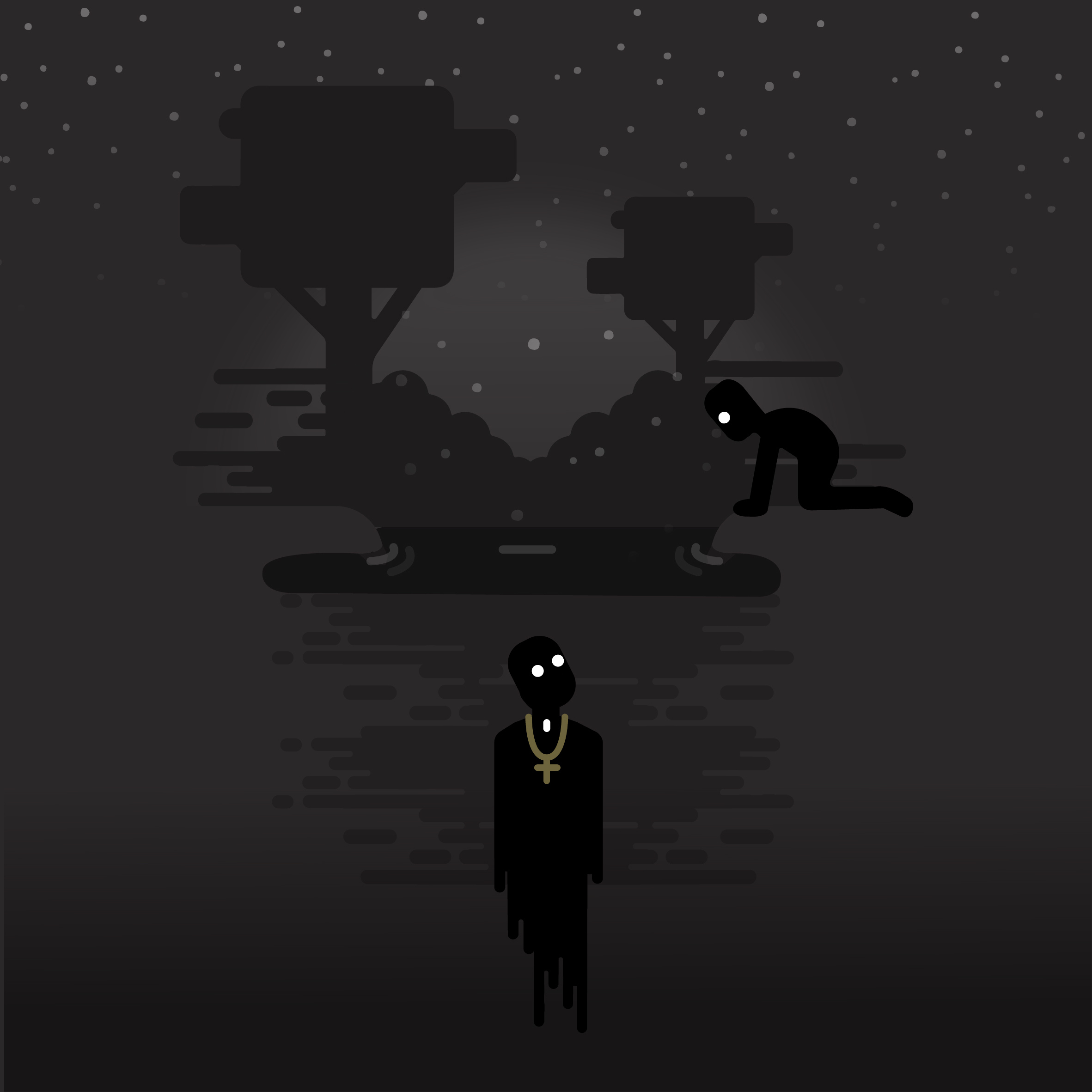 A lake haunted by a holy priest and his army of drowned children.
A lake haunted by a holy priest and his army of drowned children.
Something unknown draws children to a lake in Chuspa, Vargas State. Many say they’ve seen pretty and bright lights inviting them to follow them, like fireflies. It could also be the voice and gestures of a kind man that promises them sweets, candy and the love of God if they join him for a stroll around the lake. The children go missing and they emerge a few days later, facing down and drowned in the lake. The story says that the soul of a priest, murdered many years ago, haunts the place.
The Hanged Man (Maracay – Lara)
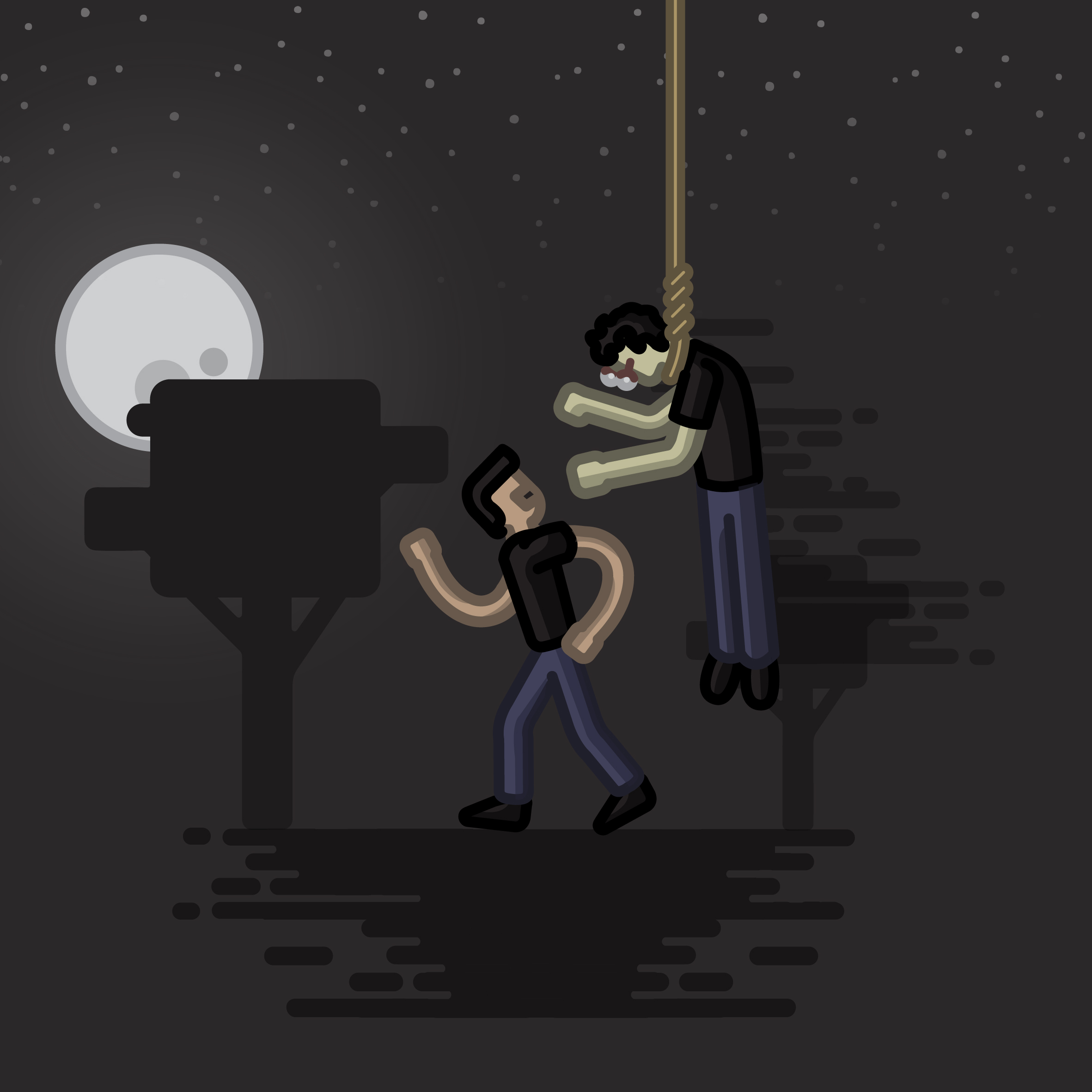 Do you fear death? Weep no more, face the certainty of your rotten corpse.
Do you fear death? Weep no more, face the certainty of your rotten corpse.
When the moon is full and high, among the cacao trees, stands a crouching silhouette, watching and stalking your every move. A piercing smell of rotting flesh surrounds you. You feel a gaze that makes you forget your prayers. Then, he shows himself: the crackle of a rope tensing from a branch and the thud of a body falling; its neck broken, its trachea destroyed. But the worst of it comes when you see the truth: it’s you, your own lifeless body with bulging eyes and blood clots coming out of your mouth. The Hanged Man forces you to face your own death before taking you with him, before disorienting you by hiding the moon.
El Silbón (Portuguesa)
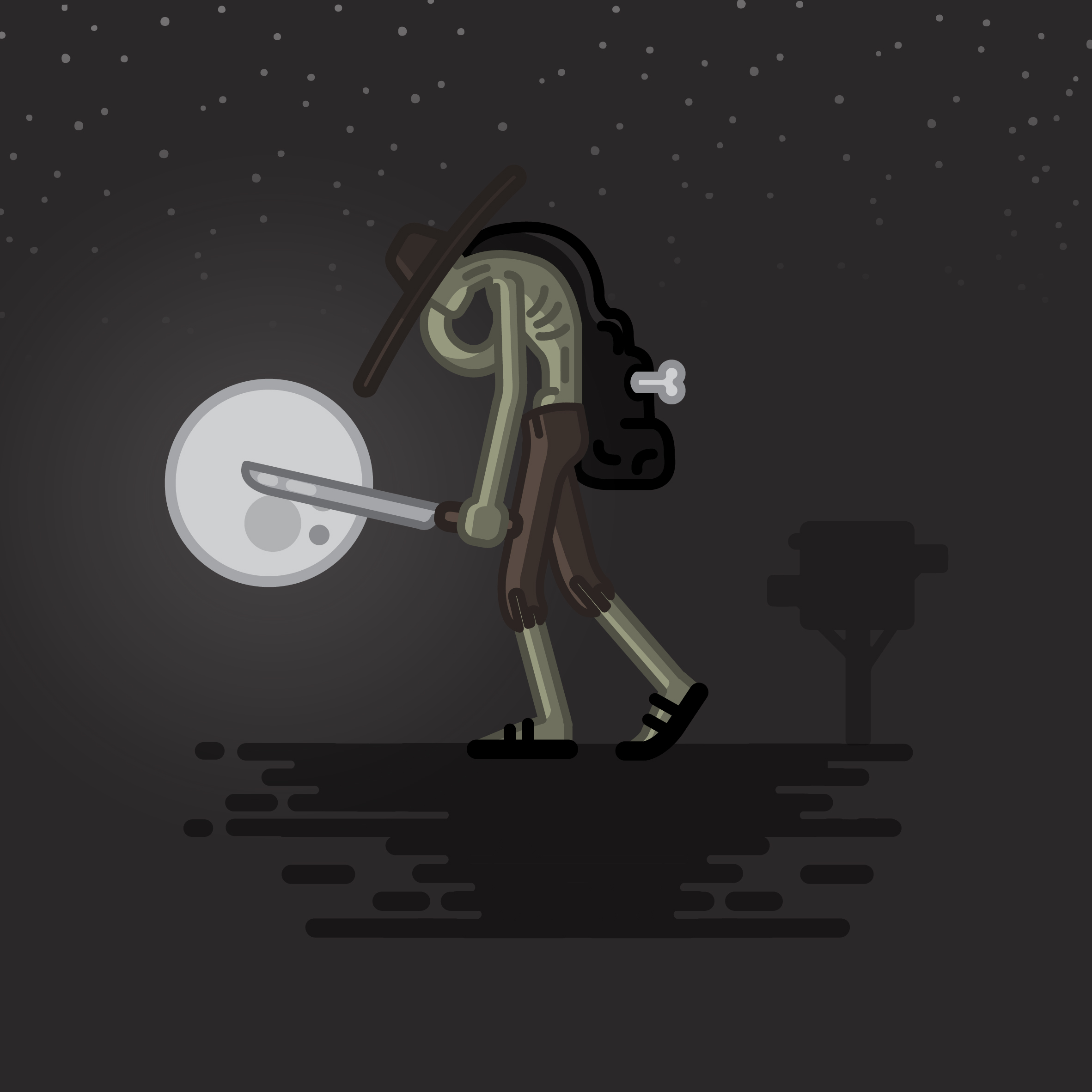 Que me lleve el diablo y no el Silbón.
Que me lleve el diablo y no el Silbón.
All Venezuelans freeze in fear with his cursed whistling. The most sinister aspect of this character is that, unlike any other common spectre, he announces his presence. He inspires tremendous fear because, even if you’re glimpsing at the chance to escape, if you already heard him —and worse still, if you heard him far way—you’re doomed. Tall (at least three meters) with abnormally long legs, he walks in silent strides in the countryside before dawn. He carries a sack of bones, a hellgate full of the remains of those who have died by his hands. His main weapon is the machete that sentenced him to damnation after killing his father. A wide-brimmed, felt hat covers his face. How do the mouthless dead whistle?
Credits:
- Editor: Gabriela Mesones Rojo
- Design: Mario Dávila
- Text: David Parra
- Copy edit: Nina Rancel
- Supervision: Raúl Stolk
Caracas Chronicles is 100% reader-supported.
We’ve been able to hang on for 22 years in one of the craziest media landscapes in the world. We’ve seen different media outlets in Venezuela (and abroad) closing shop, something we’re looking to avoid at all costs. Your collaboration goes a long way in helping us weather the storm.
Donate




